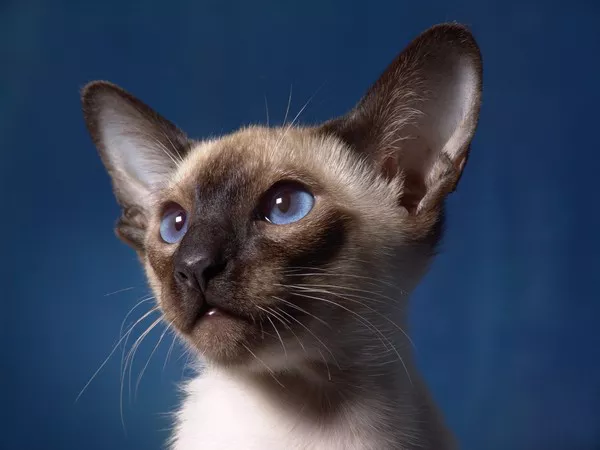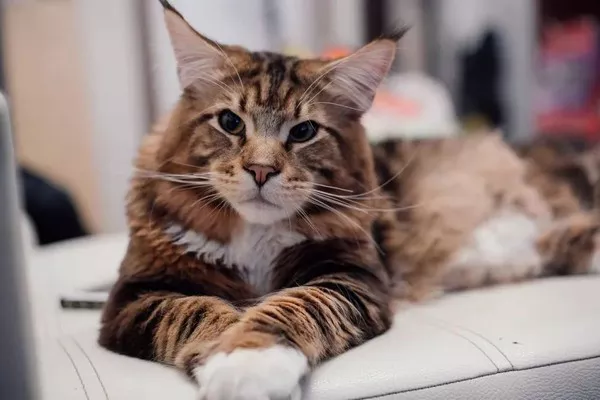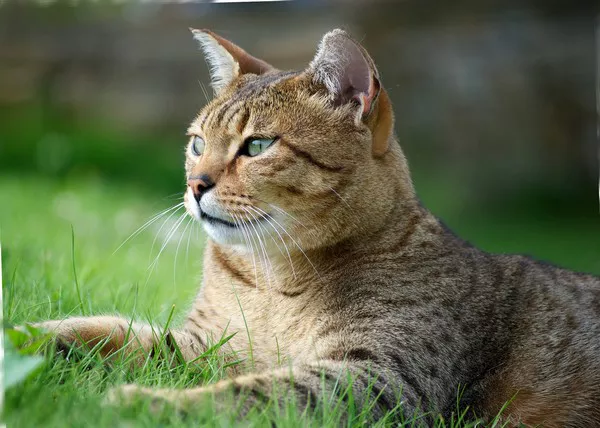Cats are popular pets, beloved for their affectionate nature, graceful movements, and independent spirit. However, as winter approaches, cat owners may wonder if their furry friends need any special care to stay warm and comfortable. While cats are known for their thick fur coats, do cats get cold like humans do? In this article, we will explore the science of feline thermoregulation and offer tips on how to keep your cat warm and safe during the winter months.
Understanding Feline Thermoregulation
Thermoregulation is a vital process that helps animals maintain their body temperature within a narrow range, despite changes in the environment. Many factors can affect an animal’s ability to thermoregulate, including age, health status, activity level, ambient temperature, humidity, wind speed, and exposure to water or other environmental stressors.
Cats have evolved to live in a wide range of climates, from hot deserts to cold mountains, and have developed various adaptations to cope with temperature fluctuations. One of the most visible signs of these adaptations is their fur coat, which serves multiple purposes beyond aesthetics.
Cats’ Fur Coats: More than Meets the Eye
A cat’s fur coat consists of two main layers: the outer guard hairs and the inner downy undercoat. The guard hairs are longer, stiffer, and less dense than the undercoat and provide protection against moisture, dirt, and parasites. The undercoat, on the other hand, is shorter, softer, and more insulating, trapping heat close to the skin and preventing cold air from penetrating.
However, not all cats have the same type of fur coat, and breed, age, and individual variability can affect its effectiveness. For instance, hairless cats such as the Sphynx or Devon Rex lack the insulating layer of fur and may feel colder than their furry counterparts. Similarly, older cats or those with underlying health conditions may have a weakened metabolism, reduced muscle mass, and thinner fur due to hormonal changes or medication side effects, making them more susceptible to hypothermia.
Other Factors Affecting Feline Cold Tolerance
While fur is an essential factor in feline thermoregulation, other factors can also influence cats’ cold tolerance. Some of the most critical ones are:
Age: Kittens and senior cats are more vulnerable to temperature extremes due to their immature or declining organ function and weaker immune systems.
Genetics: Certain breeds, such as the Siberian, Norwegian Forest, or Maine Coon, have thicker, denser fur, extra toe fur, or ear tufts that help them stay warm in chilly weather.
Nutritional status: Proper nutrition and hydration are crucial for maintaining healthy metabolic rates and energy levels that support thermoregulation.
Activity level: Cats that are more active tend to generate more heat through muscle movement and may require less external warming than sedentary cats.
Housing conditions: Indoor cats that live in well-insulated homes with consistent temperatures and access to cozy bedding may require less additional heating than outdoor cats or those living in drafty or unheated spaces.
Signs of Hypothermia in Cats
Hypothermia is a potentially life-threatening condition that occurs when an animal’s body temperature drops below normal levels (typically below 100°F or 38°C). Hypothermia can result from prolonged exposure to cold weather, wet conditions, or wind, as well as underlying diseases or trauma.
Some of the signs of hypothermia in cats include:
Shivering or trembling
Lethargy or weakness
Reduced appetite or thirst
Slow or shallow breathing
Pale or bluish gums and mucous membranes
Loss of consciousness
If you suspect that your cat has hypothermia, it is crucial to seek veterinary care immediately. In the meantime, you can try to warm up your cat by wrapping them in a towel or blanket, using a heating pad or hot water bottle (wrapped in a towel or sock), blasting a heater or hairdryer (at a safe distance), or placing them in a warm room or car.
Tips for Keeping Your Cat Warm in Winter
While cats have some natural mechanisms for coping with the cold, there are several things you can do as a pet owner to ensure their safety and comfort during the winter months. Some of the most effective strategies are:
1. Provide Adequate Shelter
If you have an outdoor cat, make sure they have access to a dry, insulated shelter that protects them from wind, rain, and snow. The shelter should be large enough for the cat to stand, turn around, and lie down comfortably, with a raised floor, a door flap, and adequate ventilation. You can add straw, hay, or blankets to the shelter to create a cozy nest, but avoid using towels or fabrics that can retain moisture and freeze.
2. Provide Warm Bedding
Even indoor cats can benefit from a warm and cozy bedding during the winter months. You can choose a soft, plush bed with raised sides or a heated bed that uses electricity to generate warmth. Make sure the bed is placed away from drafts and cold surfaces such as windows, doors, or floors.
3. Dress Your Cat Appropriately
While dressing up cats may seem like a novelty, some cats can benefit from wearing a sweater or jacket during the winter months. This is especially true for hairless cats, senior cats, or those recovering from illness or surgery, who may struggle to maintain their body temperature. There are many types of cat clothing available online or in pet stores, ranging from practical to stylish, but make sure to choose a size and material that fits your cat comfortably and does not restrict their movement or breathing.
4. Keep Them Active
Cats that are more physically active tend to generate more heat and stay warmer than sedentary cats. You can encourage your cat to exercise by providing toys, scratching posts, climbing structures, or interactive games that stimulate their mind and body. Try to play with your cat during the warmest parts of the day and avoid leaving them alone outside or in unheated rooms for extended periods.
5. Provide Warm Food and Water
Proper nutrition and hydration are key factors in maintaining a healthy metabolism and thermoregulation. Make sure your cat has access to fresh, warm water at all times, and consider offering wet food instead of dry kibble, as it contains more moisture and can help keep your cat hydrated. You can also add warm water or broth to your cat’s meals to increase their intake and provide extra warmth.
6. Monitor Their Health
Winter can be a challenging time for cats’ immune systems, especially if they are exposed to viruses, bacteria, or parasites that thrive in colder temperatures. Make sure your cat is up-to-date on their vaccinations, deworming, and flea/tick prevention, and schedule regular wellness exams with your veterinarian to catch any potential health issues early on.
Conclusion
Cats are fascinating animals that have developed various mechanisms to adapt to different environments and climates, including thermoregulation. While cats are generally well-equipped to cope with cold weather, some cats may need extra care and attention during the winter months, especially if they are very young, old, or have underlying health conditions. As a responsible pet owner, you can take several steps to ensure your cat stays warm and safe, such as providing adequate shelter, warm bedding, appropriate clothing, sufficient activity, warm food and water, and regular veterinary care. By following these tips, you can help your feline friend enjoy the winter season without compromising their health or comfort.


























